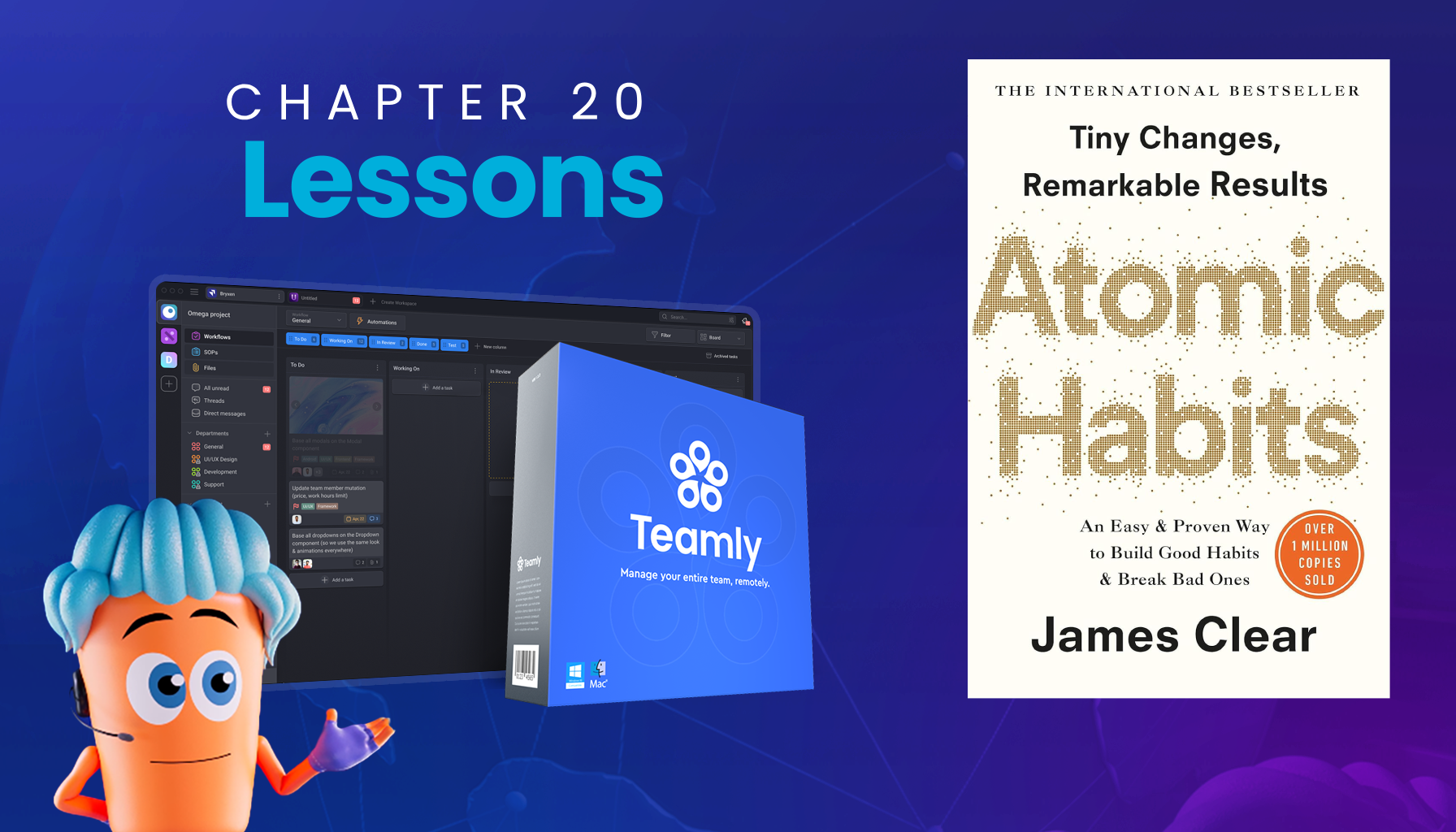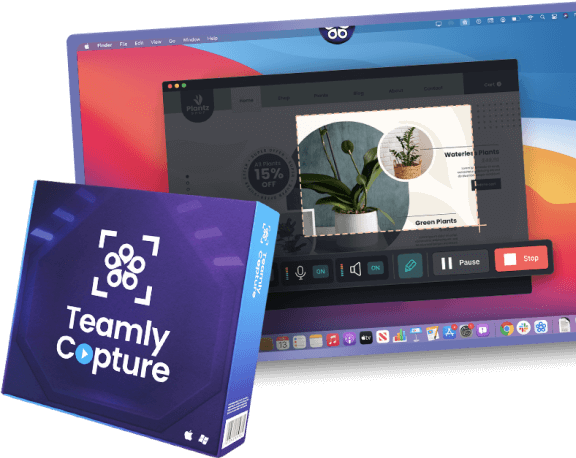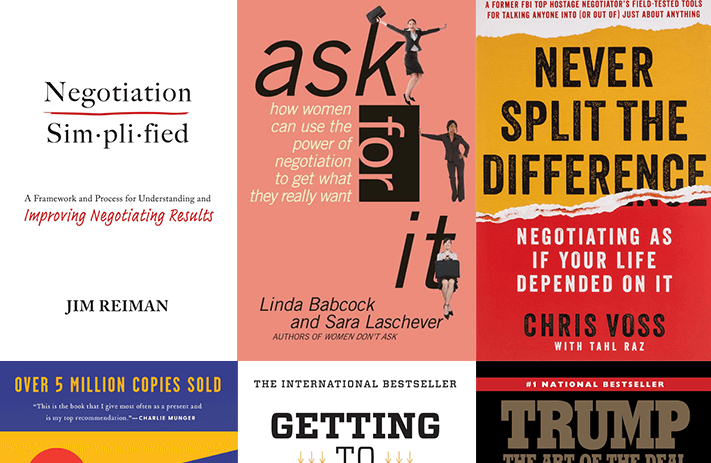
Click the button to start reading
Key Takeaways from “Atomic Habits” by James Clear – Chapter 20
James Clear’s Atomic Habits offers a transformative look at how small habits lead to big changes.
Chapter 20 delves into a critical realization: habits, while powerful, can sometimes cause unintentional pitfalls if not periodically reviewed and adjusted. This chapter demonstrates the importance of combining habitual actions with deliberate reflection to achieve true mastery.
The Downside of Creating Good Habits
Clear begins by addressing the risk of mindless repetition. While habits free up mental space for more complex thinking, this advantage can become a disadvantage when individuals stop being receptive to feedback.
Habits that are on “autopilot” often lead to complacency, causing people to assume they are improving simply because their actions are consistent.
This phenomenon is known as the slight decline in performance, where mastery of a habit leads to stagnation rather than continued improvement.
Clear underscores that without periodic review, even well-formed habits can cause people to miss crucial errors or settle for mediocrity.

Combining Automaticity with Deliberate Practice
The key to mastery is not just creating habits but layering them with deliberate efforts.
Automatic habits provide efficiency, but deliberate practice pushes individuals beyond their comfort zones.
Clear illustrates this with a graph that contrasts automaticity with true mastery, showing how focusing on specific elements repeatedly leads to new levels of success.
Clear defines deliberate practice as the focused effort to improve on specific elements of a skill, avoiding the pitfalls of mindless repetition.
This combination of automaticity and deliberate practice ensures continuous improvement and excellence over time. It’s not enough to rely solely on good habits; refinement requires intentional action.

The Career Best Effort (CBE) Program
Pat Riley’s Career Best Effort (CBE) program serves as a prime example of systematic reflection.
Riley established a baseline for each player on the Lakers and challenged them to improve their output by 1% over the season. This seemingly small improvement compounded over time to drive outstanding team performance.
CBE wasn’t just about points or statistics—it rewarded intangible efforts and overall spiritual and mental contributions to the team.
For example, Riley’s system accounted for actions like diving for loose balls, assisting teammates, or preventing an opponent from scoring. The emphasis was on giving one’s best effort in every aspect of the game.
This structured reflection enabled the Lakers to maintain peak performance, using a system that pushed players to consistently surpass their previous bests.
Riley’s method underscores the power of a review system in both sports and other fields, demonstrating how reflection can drive sustained excellence.

Reflection and Flexibility in Identity
Clear advises against tying one’s identity too rigidly to a single belief or role. Drawing on Paul Graham’s advice to “keep your identity small,” he warns that clinging to one aspect of identity can lead to a crisis when circumstances change.
By adopting a more flexible view—such as seeing oneself as someone who loves a challenge rather than just an athlete—it becomes easier to adapt when roles or situations shift.
Clear provides personal examples, such as his own experience of struggling to redefine himself after his baseball career ended.
By shifting from a rigid identity tied to athleticism to a broader self-concept, he was able to find purpose beyond his past roles. This approach helps avoid crises and allows individuals to pivot smoothly in the face of life’s inevitable changes.
The takeaway is clear: a flexible identity allows individuals to flow around challenges rather than break against them.
This lesson aligns with Clear’s emphasis on reflection, reinforcing that ongoing adaptation is crucial for growth and success.

Integrating Reflection for Sustainable Growth
Chapter 20 concludes with a powerful message: habits can lock people into rigid patterns if they are not carefully examined. Clear’s advice is straightforward—reflection and review are the antidotes to complacency.
He compares neglecting this process to never looking in a mirror; without it, one remains unaware of small, fixable flaws that could hinder progress.
The core principle behind this approach is to create systems that allow for regular assessment and correction.
This concept extends beyond personal growth into professional contexts as well. Just as Teamly consistently evaluates its software to ensure it meets users’ evolving needs, individuals should evaluate their habits and beliefs to stay aligned with their goals.
Clear recommends using structured reviews, like the Annual Review and Integrity Report, to ensure that personal growth stays on track.
These reviews ask critical questions about what went well, what didn’t, and what values are driving current actions. By maintaining this level of reflection, growth becomes a continuous and adaptable process.
Get Your Copy of Atomic Habits
Order your copy of Atomic Habits on Amazon to unlock the strategies for building good habits, breaking bad ones, and achieving exceptional results.
















